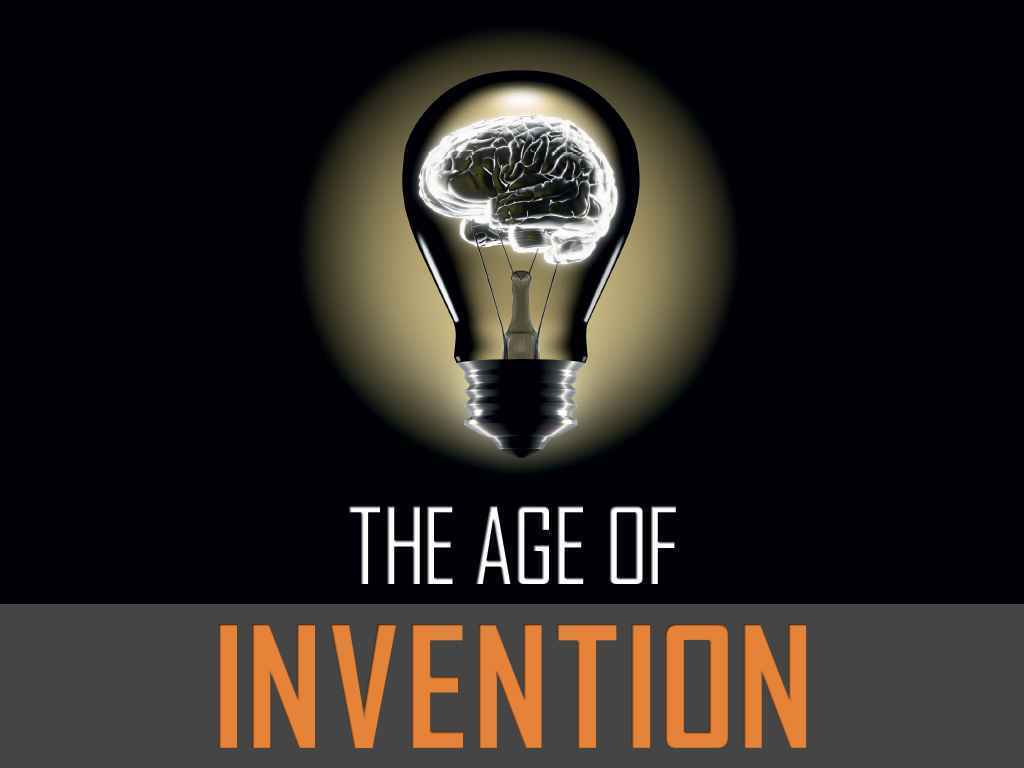As referenced in this Technozed article, the Linux Operating System (or OS) was built on a UNIX-like background with GNU tools and utilities. The elementary form of Linux known as the kernel processes the I/O, RAM and Central Processing Unit and processes the requests from greater level programs. Even so, the kernel on its own is not adequate to afford functionality to the operating system since its interface is low-level and will seem rubbish to a basic worker. The kernel depends on an array of other program applications like Graphical User Interfaces and file administration systems etc to round off the operating system platform. This is the place where the distributions come into play. A distribution type refers to a Linux platform which is adapted for a specified type of program or use. Every single distribution generally comprises of the Linux kernel, associated libraries and tools, extra program and applications together with their machine and source codes so that they can be advanced later by the worker, and a Graphical User Interface typically based upon a window scheme, probably the most popular being the X window scheme. Live CD/USB running component of Linux makes it conceivable to utilize the operating system without even installing it on the PC or netbook. The program archive component of Linux helps the users to download a surplus of application programs trouble-free.
With numerous distribution suites reachable in the open in addition to the commercial marketplace, probably the most problematic choice to make while starting off on Linux is to pick out the most suitable Distro platform. For a newbie, the prime importance must be to pick out the most suitable desktop framework, because the GUI is the item that the user will be utilizing all the time while making use of the computer or device. probably the most typical ones are – GNOME, KDE, Xfce, Unity, MATE etc.
While GNOME is just about the most popular interface, it may not be user friendly for somebody newly introduced to Linux. KDE is a lot like Windows but is somewhat weighty on the system requirements. Unity of Ubuntu is very comparable to the Apple iOS. The best gamle is to use some live provisional context like the Hybyrde Linux which doesn’t need installation for testing different frameworks.
The next step should be to pick out a distribution that gives the selected desktop context. Ubuntu is just about the most popular with its own program archive. It uses the Debian engineering, so does Linux Mint. The last-mentioned is recommended for persons shifting from Windows. Fedora has its own archive. OpenSUSE uses equivalent to Fedora technologies but is a lot more constant because of its older stage.


